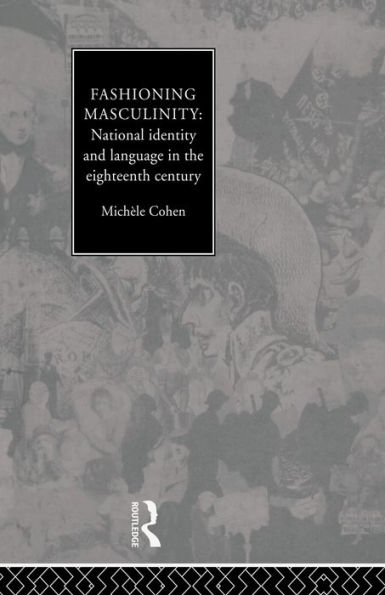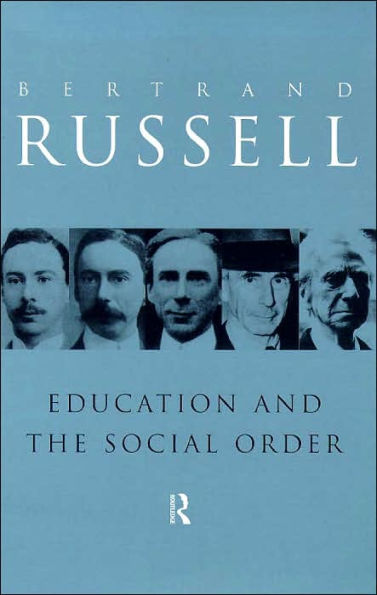Home
Sartorial Practices and Social Order Eighteenth-Century Sweden: Fashioning Difference
Barnes and Noble
Loading Inventory...
Sartorial Practices and Social Order Eighteenth-Century Sweden: Fashioning Difference in Franklin, TN
Current price: $170.00

Barnes and Noble
Sartorial Practices and Social Order Eighteenth-Century Sweden: Fashioning Difference in Franklin, TN
Current price: $170.00
Loading Inventory...
Size: Hardcover
The interplay between clothes and social order in early modern societies is well known. Differences in dress and hierarchies of appearances coincided with and structured social hierarchies and notions of difference. However, clothes did not merely reproduce set social patterns. They were agents of change, actively used by individuals and groups to make claims and transgress formal boundaries. This was not least the case for the revolutionary decades of the late eighteenth century, the period in focus of this book. Unlike previous studies on sumptuary laws and other legal actions taken by governments and formal power holders, this book offers a broader and more everyday perspective on late eighteenth-century sartorial discourse. In 1773, there was a publicly announced prize competition on the advantages and disadvantages of a national dress in Sweden. Departing from the submitted replies, the study opens a window onto the sartorial world. Several fields of cultural history are brought together:
social culture
in terms of order, hierarchies, and notions of difference;
sartorial culture
with contemporary views on dress and moral aspects of sartorial practices; and
visual culture
in terms of sartorial means of making a difference and the emphasis on the necessity of a legible social order.
social culture
in terms of order, hierarchies, and notions of difference;
sartorial culture
with contemporary views on dress and moral aspects of sartorial practices; and
visual culture
in terms of sartorial means of making a difference and the emphasis on the necessity of a legible social order.
The interplay between clothes and social order in early modern societies is well known. Differences in dress and hierarchies of appearances coincided with and structured social hierarchies and notions of difference. However, clothes did not merely reproduce set social patterns. They were agents of change, actively used by individuals and groups to make claims and transgress formal boundaries. This was not least the case for the revolutionary decades of the late eighteenth century, the period in focus of this book. Unlike previous studies on sumptuary laws and other legal actions taken by governments and formal power holders, this book offers a broader and more everyday perspective on late eighteenth-century sartorial discourse. In 1773, there was a publicly announced prize competition on the advantages and disadvantages of a national dress in Sweden. Departing from the submitted replies, the study opens a window onto the sartorial world. Several fields of cultural history are brought together:
social culture
in terms of order, hierarchies, and notions of difference;
sartorial culture
with contemporary views on dress and moral aspects of sartorial practices; and
visual culture
in terms of sartorial means of making a difference and the emphasis on the necessity of a legible social order.
social culture
in terms of order, hierarchies, and notions of difference;
sartorial culture
with contemporary views on dress and moral aspects of sartorial practices; and
visual culture
in terms of sartorial means of making a difference and the emphasis on the necessity of a legible social order.

















